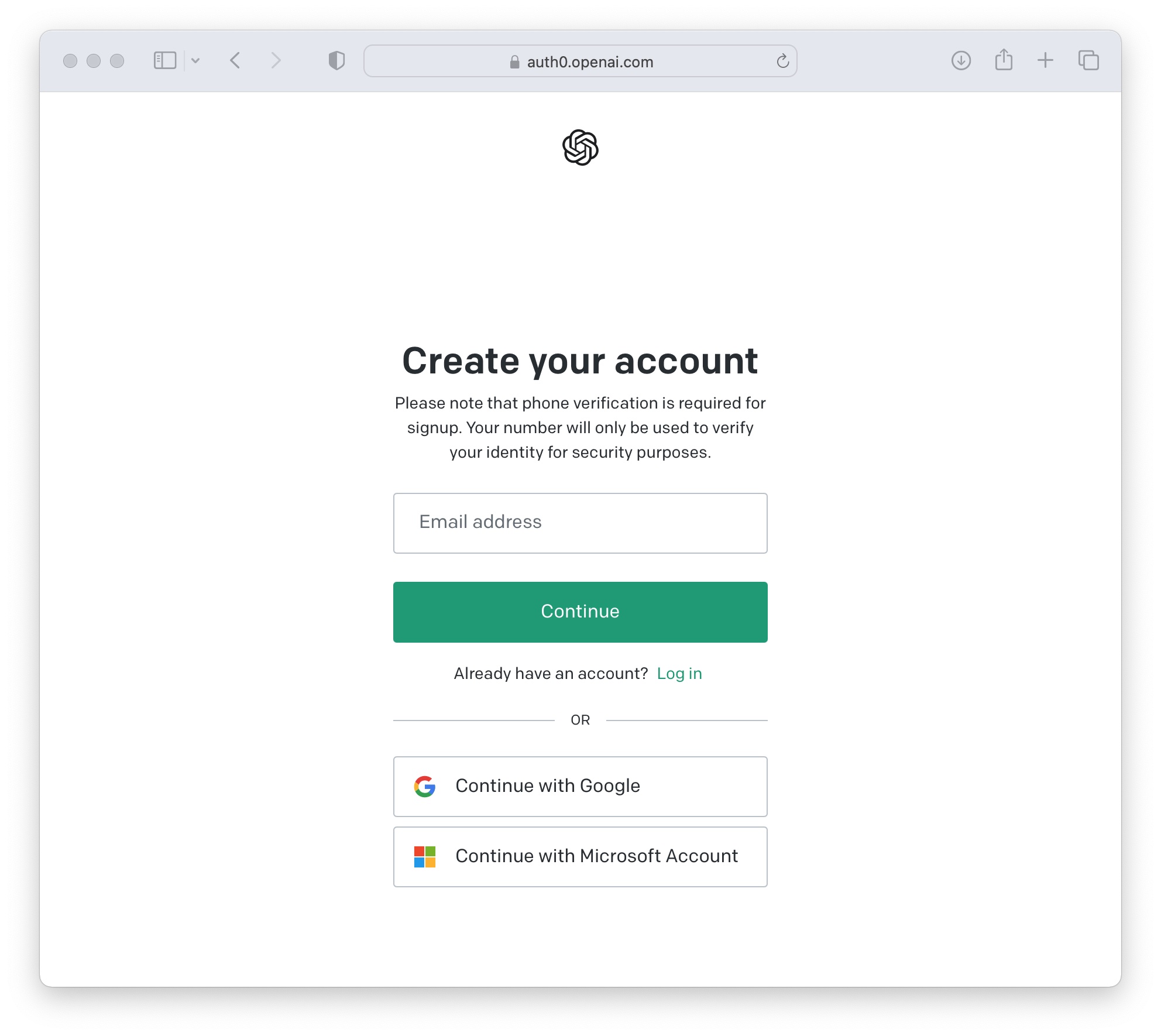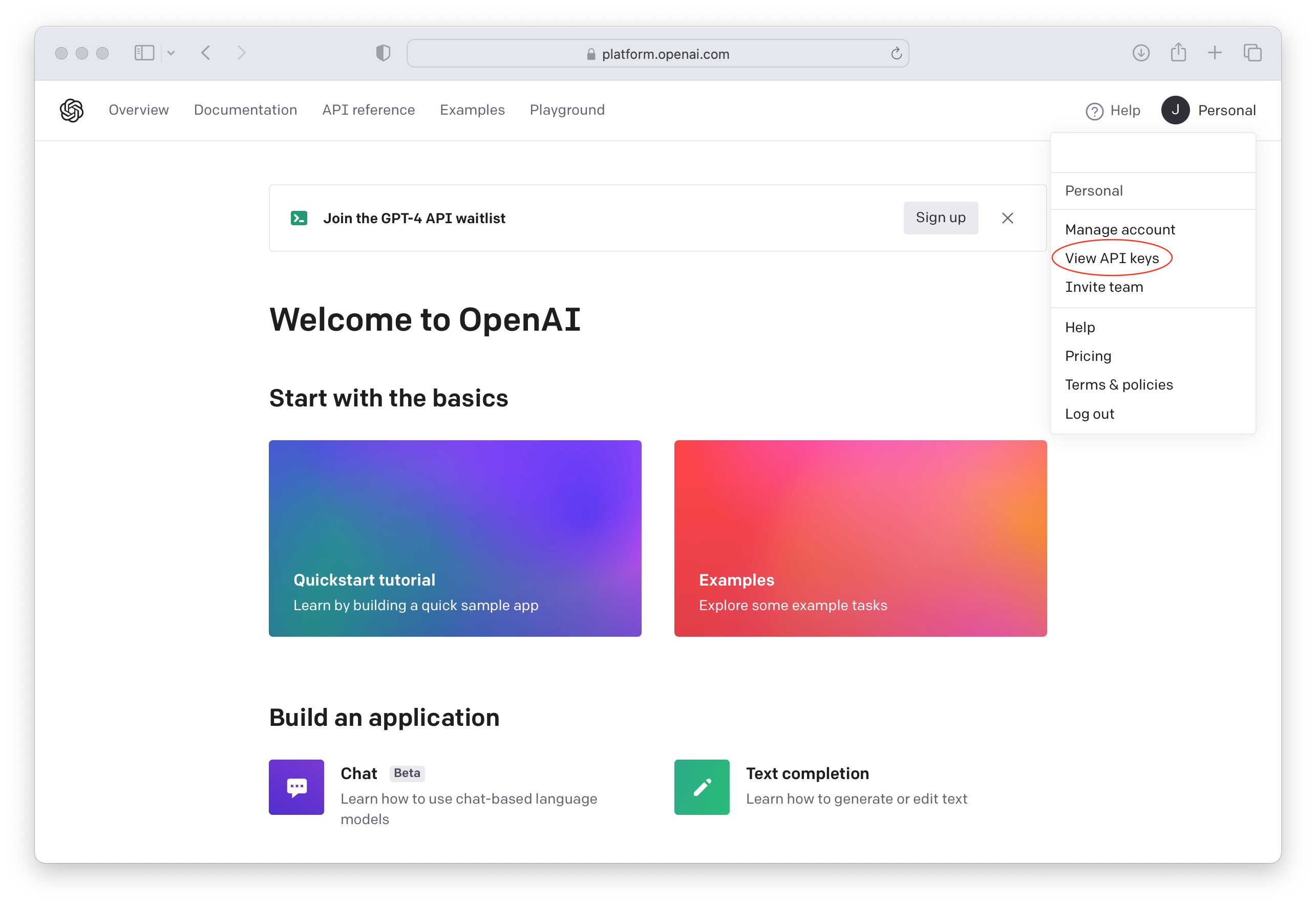How to Train your Website AI Chatbot on Spreadsheet Data
In this article, we're going to show you how you can build a ChatGPT powered chatbot for your website and easily train it on spreadsheet data that includes URL's that you can have your AI chatbot to point to in it's responses. We've optimized our models to allow the chatbot to give users up to date urls based on the training data.
In our example, we're going to upload a spreadsheet that includes a short list of hotels and their booking URLs that the chatbot can point the visitor for booking the site. This can apply to inventory items at your company, product urls or just about any sort of data you may want to give to the user and then point them to the corresponding website url.
Here's a step by step guide to building an AI chatbot with spreadsheet training data.
Prerequisites
- An OpenAI ChatGPT Account: https://platform.openai.com/signup
- A Social Intents Account: https://www.socialintents.com
High Level Steps
- Create your OpenAI API Key after registration
- Sign up for a Social Intents free trial account
- Add your OpenAI API Key to your Social Intents chatbot settings.
- Upload a spreadsheet with your training content
1. Create your OpenAI account
If you haven't already, sign up for your OpenAI account here:
 Once logged in to OpenAI, click on your profile and select 'View API keys'
Once logged in to OpenAI, click on your profile and select 'View API keys'

Now create a new API Key to use in your Social Intents Chatbot Settings for integration.

2. Sign up for a Social Intents Free Trial Account
If you don't already have an account with Social Intents, simply register for a Free Trial.
Once you choose to signup, you'll see the option to add an integration.
 Choose the 'Create a ChatGPT Chatbot' option to set up your Chatbot and train the AI chat on your data. In the next step, you'll see the training page as part of the signup process.
Choose the 'Create a ChatGPT Chatbot' option to set up your Chatbot and train the AI chat on your data. In the next step, you'll see the training page as part of the signup process.
3. Add your OpenAI API Key to Social Intents
On your 'Create a chatbot' page, add your OpenAI API key to the setup and then we'll set up your training data.
Choose the Website dropdown button and select the Spreadsheet upload option to upload your file that includes the training data.
 For your spreadsheet format, if you want to include references to external URLs, then include a heading that includes a URL option and then the content contains the actual url of the location on the web you want to point to. Here is an example of our training data for hotel locations.
For your spreadsheet format, if you want to include references to external URLs, then include a heading that includes a URL option and then the content contains the actual url of the location on the web you want to point to. Here is an example of our training data for hotel locations.
 You can modify this format to include as many headings as you like and make sure to be clear in the column names so that the AI models know the context of the data you're using.
You can modify this format to include as many headings as you like and make sure to be clear in the column names so that the AI models know the context of the data you're using.
You can always add more training data and modify any of the settings later on.
After uploading your file, click the Train all data, to train the chatbot on your new content.
 After training, then click Next to complete your AI Chatbot set up.
After training, then click Next to complete your AI Chatbot set up.
 Next, we'll test the chatbot with your hotel data from the example, you can use the direct chat link or the preview page under the apps in Social Intents.
Next, we'll test the chatbot with your hotel data from the example, you can use the direct chat link or the preview page under the apps in Social Intents.
So in testing the chatbot, we can ask about hotels in certain cities, then ask about details which will point us to the reservation pages included in the spreadsheet content.

Here's an example of the external url references from the spreadsheet:

Lastly, in your Chatbot settings, you can have the chatbot prefers to give the visitor urls included in any training content by selecting the Chatbot Display option to 'Refer to Article URLs'. This will optimize the chatbot for external URL references as you can see below:

That's it! Let us know if you have any suggestions about improving this format.
